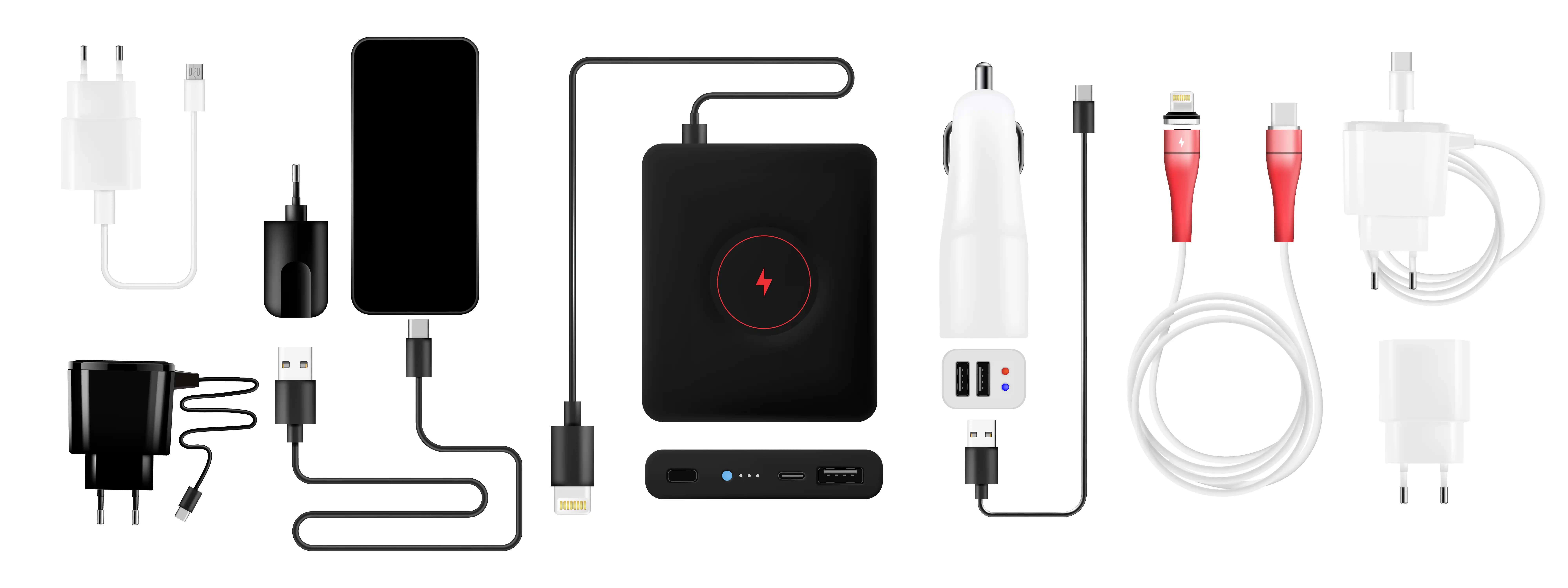Complete List of iPhone Battery Capacities
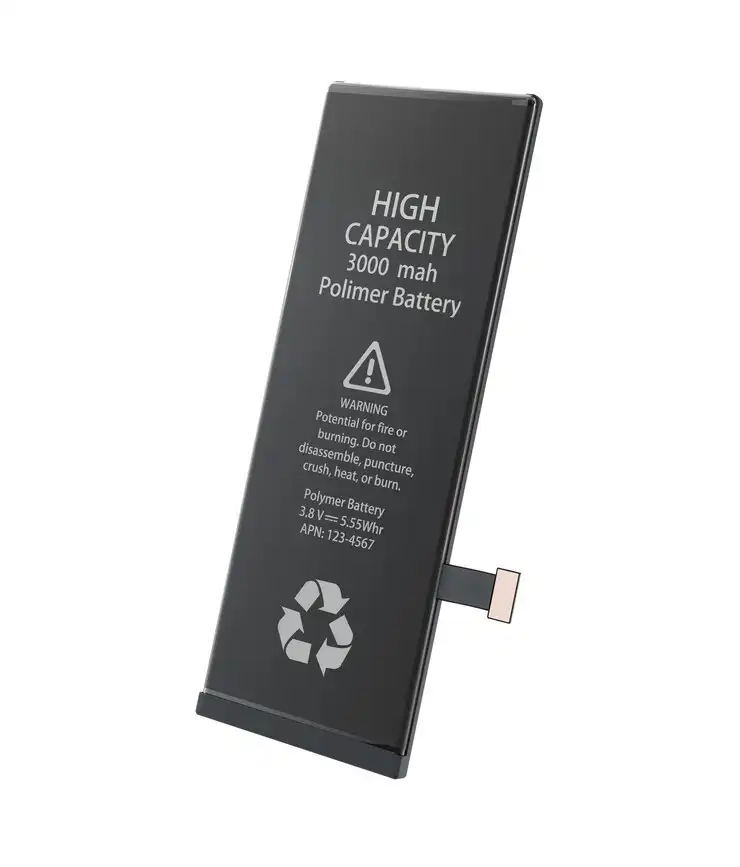
The table below shows the battery capacities for each iPhone model from the first one produced to the latest in the line, including the newly released iPhone 16 and 16 Pro models. Apple has placed certain strategic constraints on the level of battery power to assign across different devices in a given category, which can be observed from their regulatory filings and several technical teardowns done on the devices
| Model | Battery Capacity (mAh) | Release Year |
|---|---|---|
| iPhone (Original) | 1,400 | 2007 |
| iPhone 3G | 1,250 | 2008 |
| iPhone 3GS | 1,319 | 2009 |
| iPhone 4 | 1,420 | 2010 |
| iPhone 4S | 1,432 | 2011 |
| iPhone 5 | 1,440 | 2012 |
| iPhone 5c | 1,510 | 2013 |
| iPhone 5s | 1,560 | 2013 |
| iPhone 6 | 1,810 | 2014 |
| iPhone 6 Plus | 2,925 | 2014 |
| iPhone 6s | 1,715 | 2015 |
| iPhone 6s Plus | 2,850 | 2015 |
| iPhone SE (1st Gen) | 1,624 | 2016 |
| iPhone 7 | 1,960 | 2016 |
| iPhone 7 Plus | 2,800 | 2016 |
| iPhone 8 | 1,821 | 2017 |
| iPhone 8 Plus | 2,791 | 2017 |
| iPhone X | 2,716 | 2017 |
| iPhone XS | 2,658 | 2018 |
| iPhone XS Max | 3,274 | 2018 |
| iPhone XR | 2,942 | 2018 |
| iPhone 11 | 3,110 | 2019 |
| iPhone 11 Pro | 3,146 | 2019 |
| iPhone 11 Pro Max | 3,969 | 2019 |
| iPhone SE (2nd Gen) | 1,821 | 2020 |
| iPhone 12 | 2,815 | 2020 |
| iPhone 12 mini | 2,227 | 2020 |
| iPhone 12 Pro | 2,715 | 2020 |
| iPhone 12 Pro Max | 3,687 | 2020 |
| iPhone 13 | 3,227 | 2021 |
| iPhone 13 mini | 2,416 | 2021 |
| iPhone 13 Pro | 3,195 | 2021 |
| iPhone 13 Pro Max | 4,352 | 2021 |
| iPhone 14 | 3,279 | 2022 |
| iPhone 14 Plus | 4,325 | 2022 |
| iPhone 14 Pro | 3,200 | 2022 |
| iPhone 14 Pro Max | 4,423 | 2022 |
| iPhone 15 | 3,349 | 2023 |
| iPhone 15 Plus | 4,383 | 2023 |
| iPhone 15 Pro | 3,274 | 2023 |
| iPhone 15 Pro Max | 4,422 | 2023 |
| iPhone 16 | 3,561 | 2024 |
| iPhone 16 Plus | 4,574 | 2024 |
| iPhone 16 Pro | 3,572 | 2024 |
| iPhone 16 Pro Max | 4,685 | 2024 |
Battery Comparison By Model segmented As Pro And Non Pro
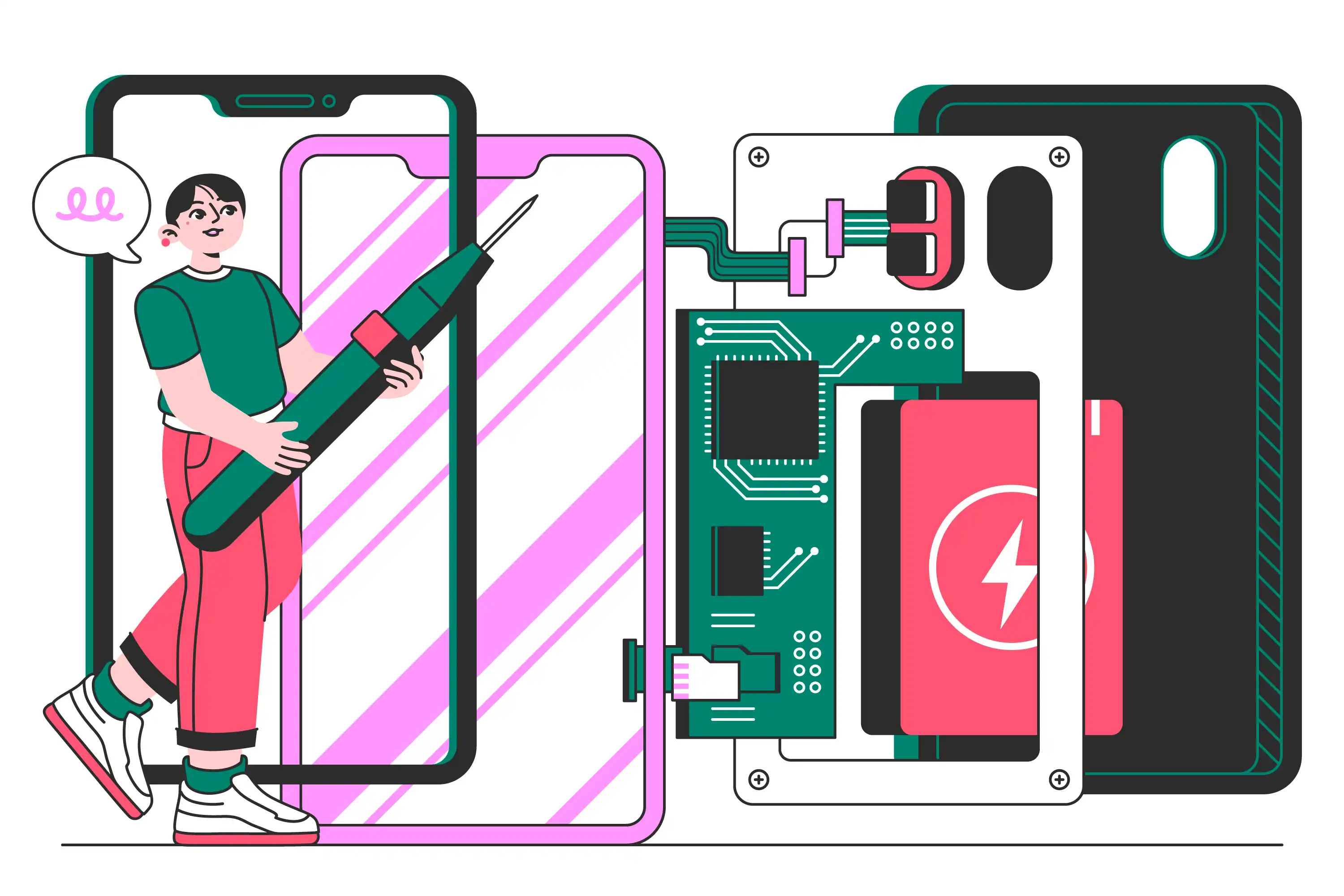
While comparing Apple’s flagship devices, it becomes evident that Pro variants have greater capacity and advantages, although the real-world efficiency owing to the display/processor differences tend to alter this reality
| Model | Pro Model Capacity (mAh) | Non-Pro Model Capacity (mAh) | Difference (mAh) | Difference (%) |
|---|---|---|---|---|
| iPhone 11 Series | 3,046 (Pro) | 3,110 (Standard) | +65 | +3.1% |
| iPhone 12 Series | 3,688 (Pro Max) | 2,825 (Standard) | +873 | +31.9% |
| iPhone 13 Series | 4,352 (Pro Max) | 3,227 (Standard) | +1,125 | +34.9% |
| iPhone 14 Series | 4,333 (Pro Max) | 4,335 (Plus) | -1 | -0.03% |
| iPhone 15 Series | 4,412 (Pro Max) | 4,373 (Plus) | +35 | +0.5% |
| iPhone 16 Series | 4,675 (Pro Max) | 4,664 (Plus) | +12 | +0.4% |
Specifications On Charging Technology
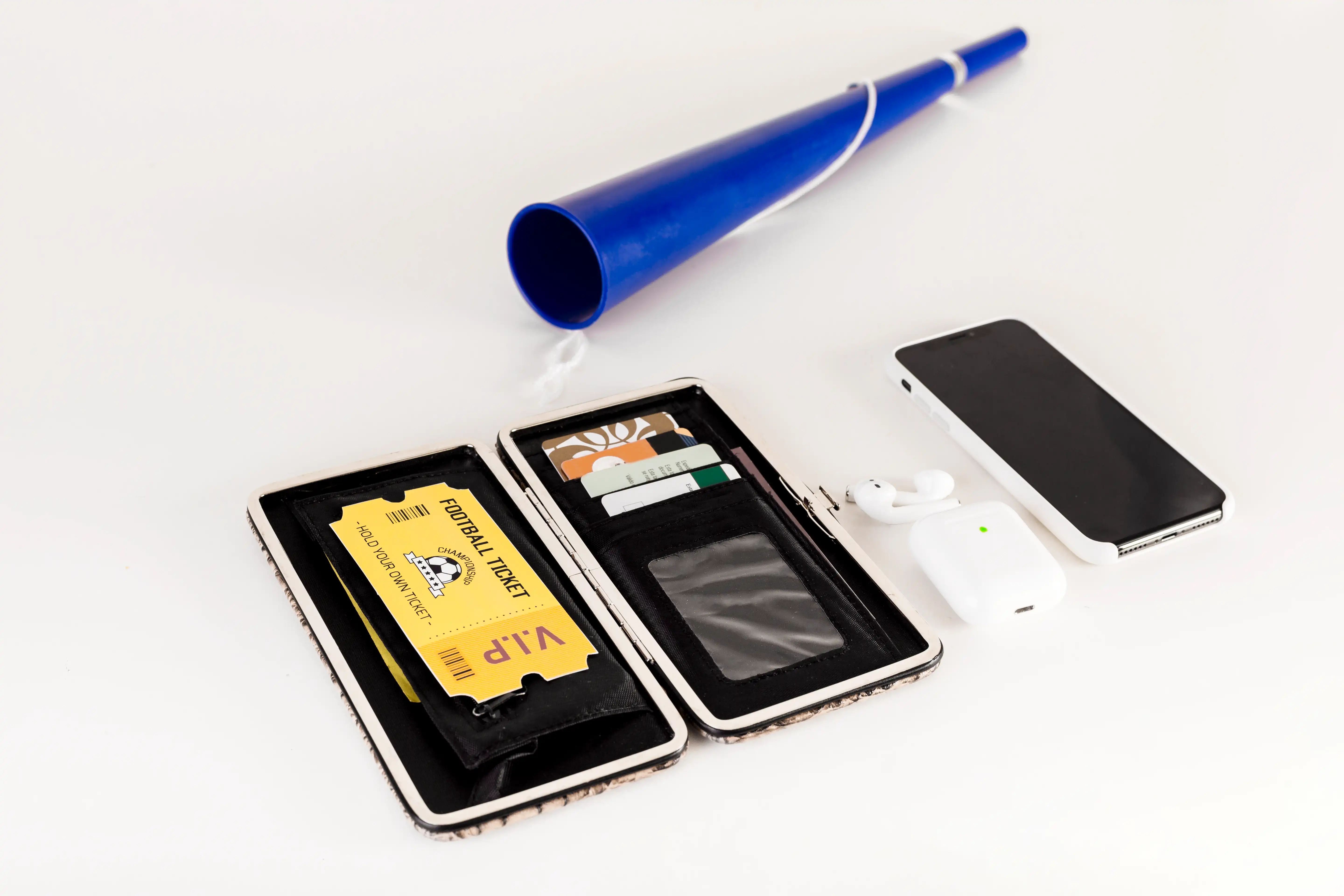
iPhones have the capacities to manage high power charging sessions with advanced low power protocols which improve the health of the battery
| Model | Wired Charging (Max) | Wireless Charging (Max) | Reverse Charging |
|---|---|---|---|
| iPhone 11 Series | 18W | 7.5W (Qi) | No |
| iPhone 12 Series | 20W | 15W (MagSafe) | No |
| iPhone 13 Series | 20W | 15W (MagSafe) | No |
| iPhone 14 Series | 27W | 15W (MagSafe) | No |
| iPhone 15 Series | 27W | 15W (MagSafe) | No |
| iPhone 16 Series | 45W (USB-C) | 25W (MagSafe/Qi2) | Yes (Rumored) |
Battery Performance Analysis
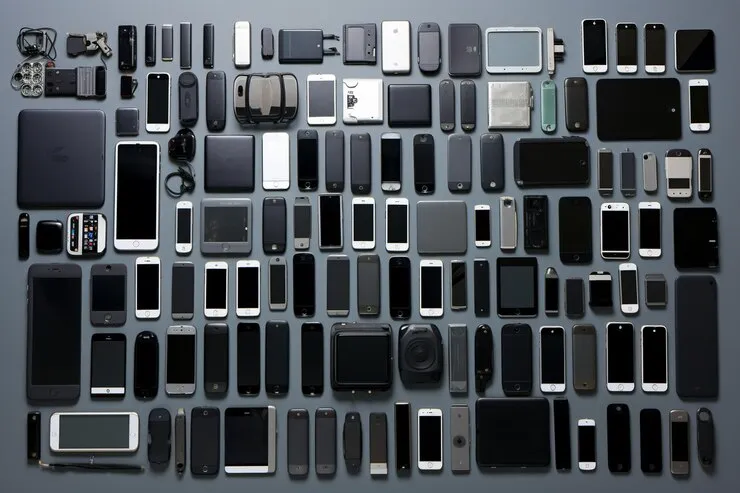
Runtime Comparisons
There is a clear difference in estimates provided by the different sources:
- iPhone 16 Pro Max: 11h 22min continuous use
- iPhone 15 Pro Max: 9h 40min with 4,433mAh battery
- iPhone 14 Plus: 8h 45min screen-on time
The reason for the paradox of the iPhone 15 Pro Max dominating over newer models is due to the ProMotion display’s 10-120Hz variable refresh rate which cuts down power usage during stationary viewing content.
Patterns of Health Deterioration
The health of a lithium-ion battery generally declines according to the following milestones:
- A charge cycle will yield a 2% loss in capacity
- 8-10% loss after 300 cycles
- 15-20% loss after 500 cycles
Performance drops are managed by ios only after the capacity breaches 80%, and top processors are then capped to prevent unanticipated shutoff. Users can monitor this via Settings > Battery > Battery Health & Charging.
Key Insight: Battery health deterioration can be monitored and managed effectively using iOS tools, ensuring optimal performance over time.
Required Charging Infrastructure
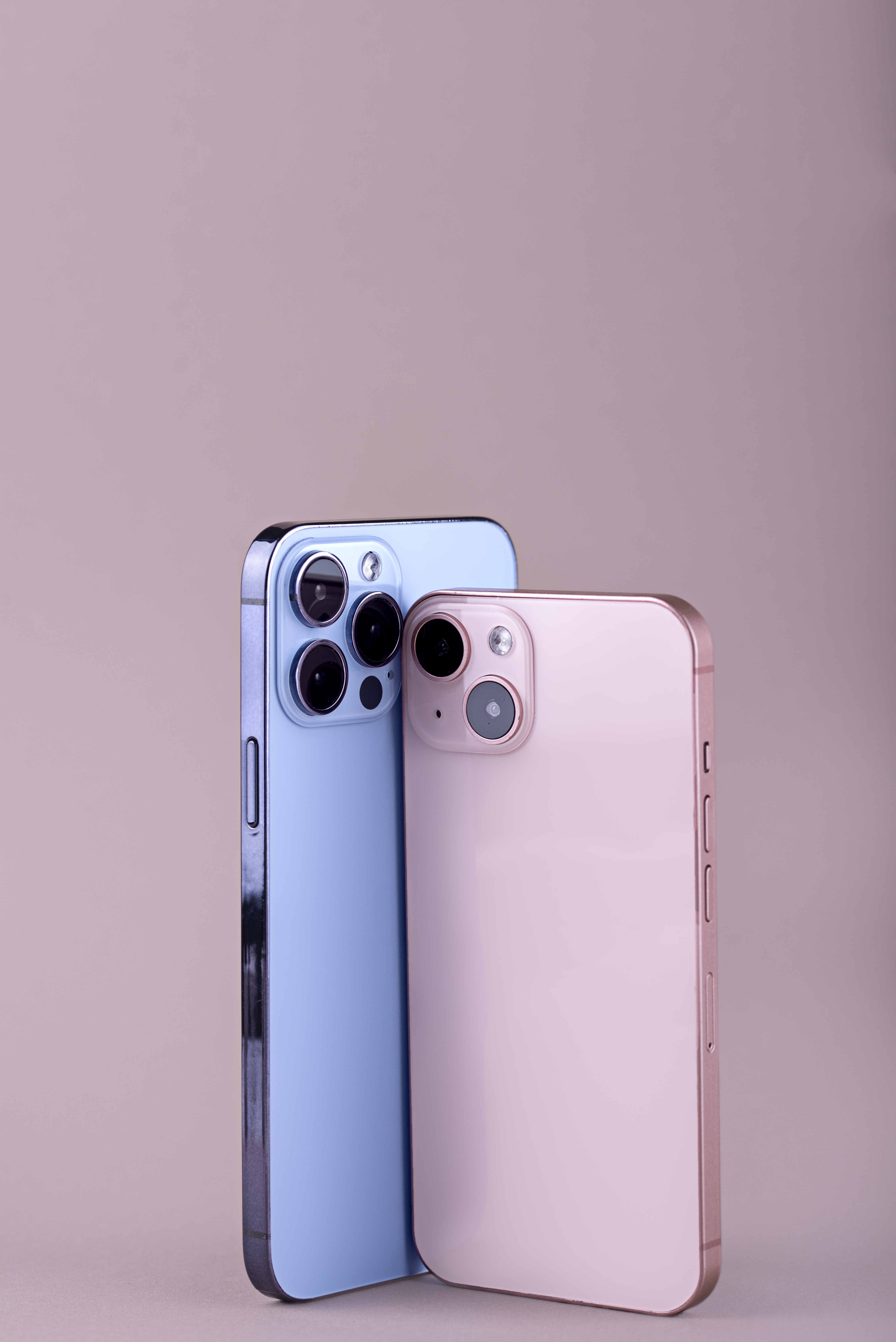
Most Efficient Adapter Combinations
- iPhone 16 Series: 30W USB-C PD for 45W charging
- iPhone 15 Series: 20W USB-C PD
- MagSafe Wireless: 20W minimum for 15W output
Battery Safety Controls
Charging Efficiency: Battery temperatures have a critical impact during charging:
- Ideal Range: 16°C to 22°C
- Throttling Threshold: 35°C (50% speed reduction)
- Safety Cutoff: 45°C (pauses charging)
Innovations For Specific Models
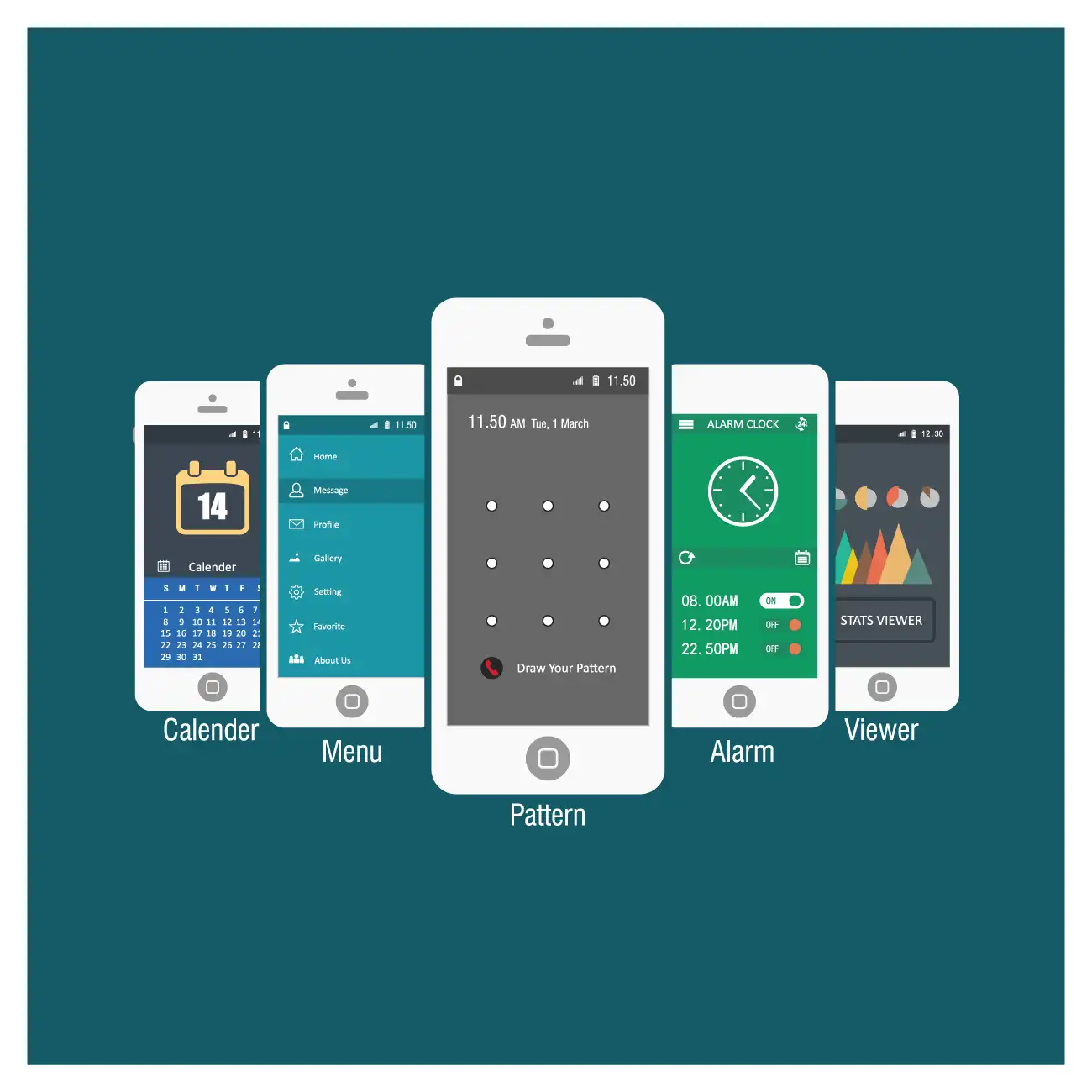
iPhone 16 Series Breakthroughs
- 4,685mAh Battery: A record high for iPhones
- Stacked Battery Tech: 10% greater energy density than predecessors
- Combo of AI and Predictive Analytics: Optimized discharge based on usage pattern predictions
iPhone 14 Plus Anomaly
Even with the identical 4,325mAh capacity to Pro Max, the Plus model’s video playback time exceeds by 12 hours (27h vs 24h) due to a lower-power LCD display as opposed to ProMotion OLED .
Upcoming Expectations
What experts are saying:
- 2025 Models: Utilizing graphene anodes, batteries reaching 5,000mAh capacity
- For 2026: Full charge in less than 10 minutes with solid-state batteries
- 2027: Self-healing battery membranes that double cycle lifespan
This detailed study shows how Apple takes a delicate approach to battery technology that goes beyond just capacity figures. By employing advanced power control strategies and relentless fine-tuning of both hardware and iOS software, iPhones maintain optimal battery longevity throughout use, which is better than most Android devices, even though iPhones have lower power ratings than Androids.
Frequently Asked Questions
The original iPhone, released in 2007, has a battery capacity of 1,400 mAh.
The iPhone 16 has a battery capacity of 3,561 mAh, which is significantly higher than earlier models like the iPhone 15 (3,349 mAh) and iPhone 14 (3,279 mAh).
Pro models generally have higher capacities, such as the iPhone 16 Pro Max at 4,685 mAh compared to the iPhone 16 Plus at 4,674 mAh, though differences vary by series (e.g., +1,125 mAh in the iPhone 13 series).
The iPhone 16 series supports up to 45W wired charging via USB-C and 25W wireless charging with MagSafe/Qi2, with rumored reverse charging capabilities.
iPhone battery health declines with a 2% capacity loss per charge cycle, 8-10% after 300 cycles, and 15-20% after 500 cycles, managed by iOS to prevent performance issues below 80% capacity.

